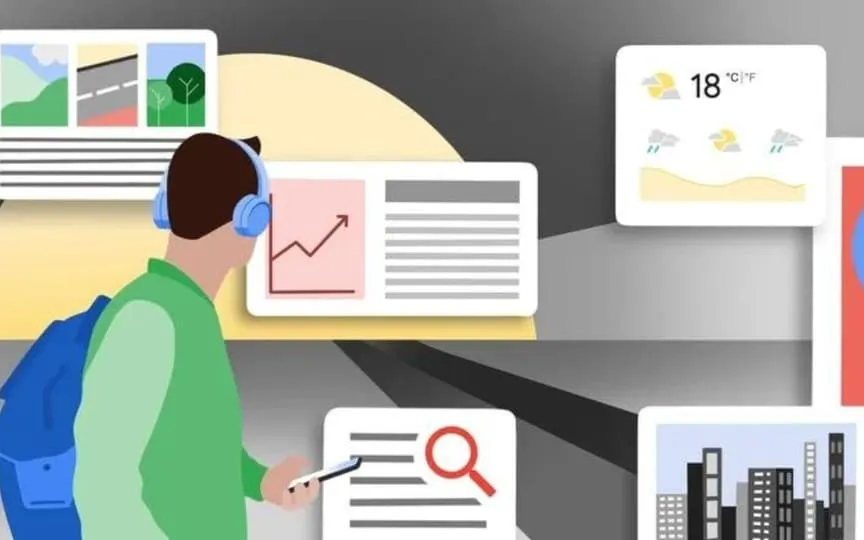Google Launches Tool to Combat Misinformation with AI-Generated Image Fact-Checking
The dissemination of false information and misinformation has been greatly facilitated by the extensive utilization of images and videos on social media platforms. The issue has been further exacerbated with the emergence of generative AI, which produces highly realistic images that can deceive viewers. To address this problem, Google is taking a significant measure by introducing a set of tools designed to offer users more comprehensive contextual information about images. This initiative aims to mitigate the propagation of inaccurate content.
Image history and context
These newly announced tools include several features, such as the ability to access the history of an image, its metadata, and the context in which it has been used on different websites through a Google image search. Google had previously introduced these features under the “About this image” banner, and is now making them available to English-speaking users worldwide.
One key feature allows users to verify when a Google search first discovered an image, providing crucial insights into the context in which it appeared. In addition, these tools allow users to explore how others have described an image on different platforms, a valuable resource in debunking false claims. Google has also taken a significant step in tagging AI-generated images by including metadata fields that indicate their origin. In an effort to standardize this practice, Adobe, along with tech giants such as Microsoft, Nikon and Leica, introduced a symbol in October that clearly identifies images created by artificial intelligence.
Effortless access to image enhancement tools
Users can access these new image verification tools by clicking the three-dot menu in Google image search results. Alternatively, they can access them by clicking on the “Learn more about this page” option found in the “About this result” tool, accessible via the three-dot menu. Google is actively exploring new ways for users to use these tools, making fact-checking images easier and more efficient.
Facilitating fact-checkers and journalists
Another noteworthy development is that Google has expanded its support for approved journalists and fact-checkers. These individuals can now upload or copy image URLs to their own tools using the FaceCheck Claim Search API. The move builds on Google’s June initiative where it tested features with the Fact Check Explorer tool, which allowed fact checkers to drill down into fact checks, citations and other relevant information about specific images.
In addition, the company utilizes the possibilities of generative artificial intelligence in the description of sources, especially for lesser-known websites or unknown blogs. For users who have chosen to use the Search Generative Experience (SGE), AI-generated information from these sources will now appear in the “Learn more about this page” section. This generated information also includes citations from other “high-quality” websites, and Google’s AI steps in when no information or overview is available from Wikipedia or the Google Knowledge Graph.




